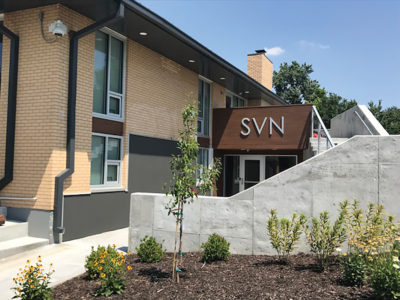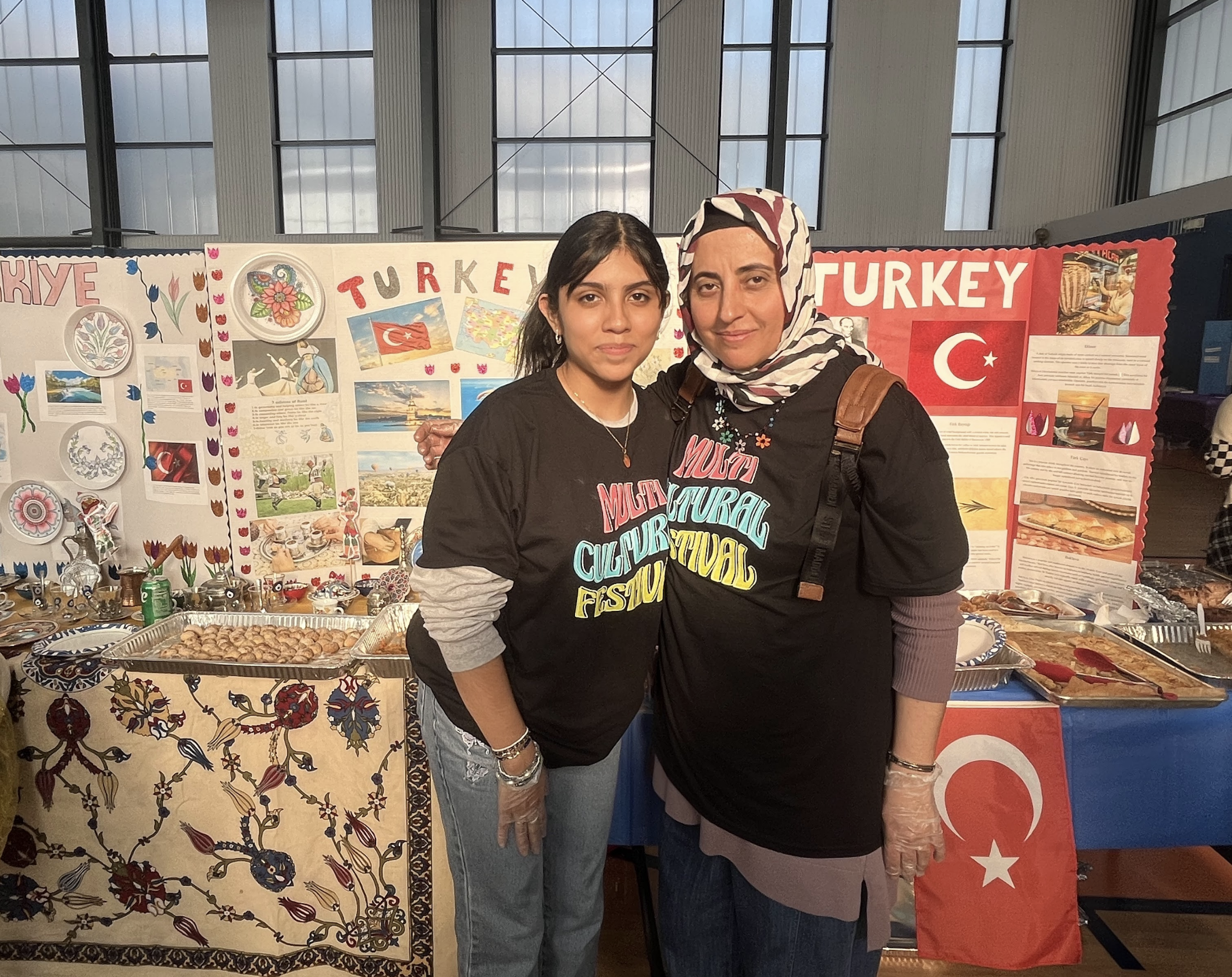Beginning in the 2018-2019 school year, Scuola Vita Nuova Charter School will welcome students into their new middle school inside a converted rectory, now dubbed the Mary Glynn-Donnelly building.
According to SVN Director of Finance and Operations, Mary Pittala, the school began its renovation in December of 2017 and recently finished this past May.
“Last year we looked at expanding. We’re K through eighth and we had about 207 kids (with), one section in each grade; we decided we wanted to expand to two sections per grade…but we wanted to make sure we had a handle on it,” Pittala said.
The school added two sections to Kindergarten through eighth grade last year and while they temporarily created space in their main building, they needed more. So to make room for their expansion, SVN renovated the old rectory building on property for use by older students.
“So we’ll move the middle school students here, which will free up more classrooms over there to allow us to continue our expansion,” Pittala said.
At first, the charter school looked into expanding their main building but realized it would be too costly. SVN ultimately decided the renovation of the rectory would be more financially palatable, with a faster construction timeline. The project was completed in five months at a cost of $1.6 million.
“The other reason, too, is our property is in the Pendleton Heights neighborhood, so we’re in a historic district,” Pittala said. “We wanted to keep this building. It was important to us and I know it’s important to the neighbors.”
With the help of Clockwork Architect and Stroub Construction, the 5,000 square-foot building was gutted and completely renovated on the inside.
The former house now has four total classrooms – two upstairs and downstairs – a teacher work room, a maker space and an outdoor patio. The building is furnished with moveable furniture throughout, as well as televisions, Apple technology, Wi-Fi, work nooks and even Learning Stairs – wide staircases conducive to studying.
“So the whole intention was to make this for our older students; to give them that separation from being all together with elementary,” Pittala said. “They can collaborate. They can do project based learning (and) just have a little more freedom for innovation.”
As part of their curriculum, the middle school students will grow vegetables in outdoor garden boxes and in an aquaponics facility – which utilizes fertilizers derived from fish – built by Nile Valley Aquaponics.
“So they’re going to help plant, maintain (and) harvest produce to bring into the food service,” Pittala said.
By the start of the upcoming school year, the transformation will be complete: from what was once a home for a priest, into an innovative, $1.6 million learning space featuring open areas, flexible furniture and useful learning tools.



















